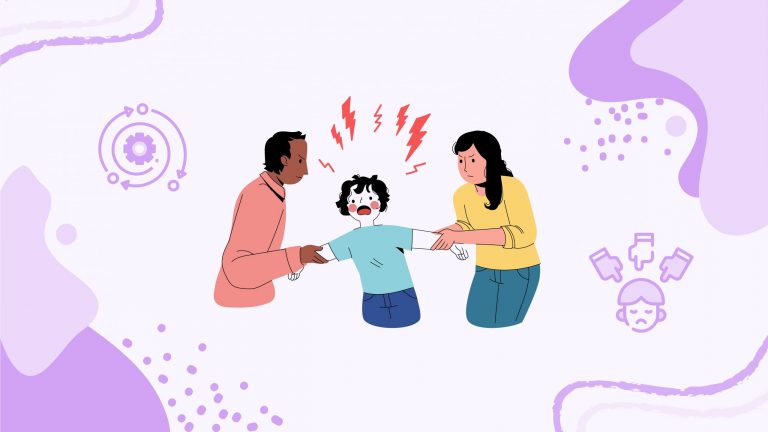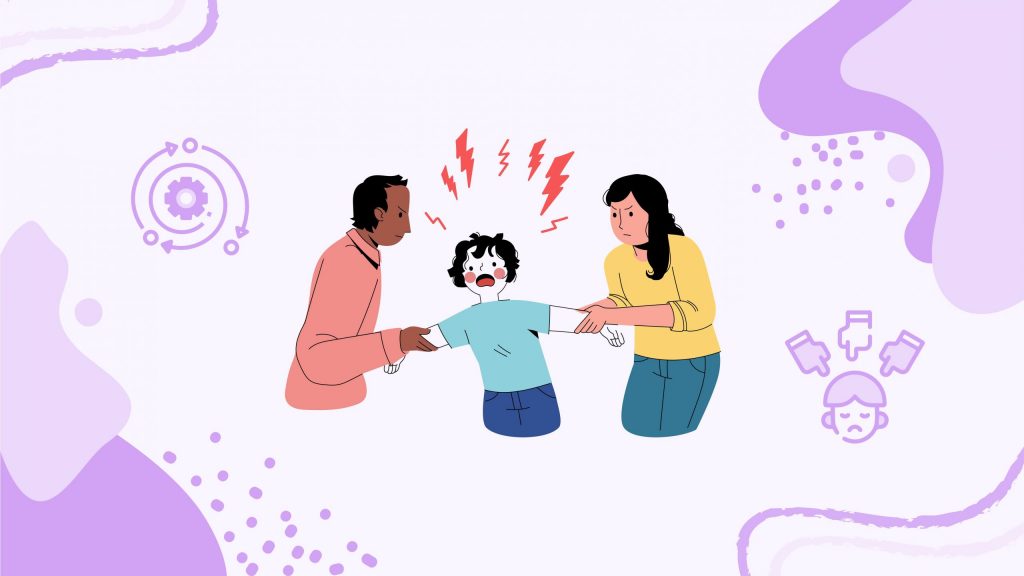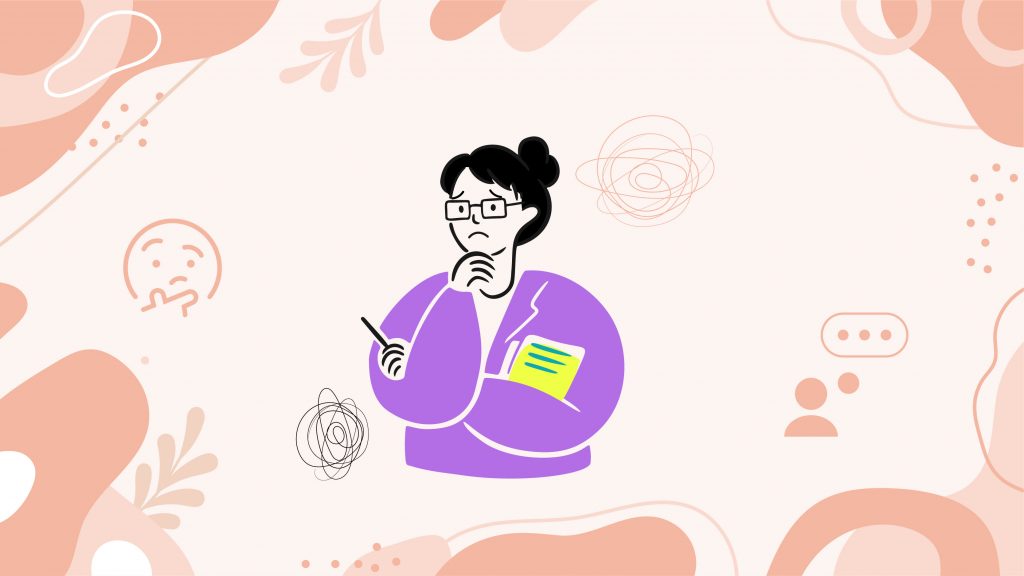What is Reactive Abuse
Imagine feeling like you’re constantly playing the villain in someone else’s story. That’s what reactive abuse often feels like—a confusing, behind-the-scenes drama where defending yourself can unexpectedly cast you as the aggressor. Picture a typical scene: you’re in the midst of a heated argument that’s been simmering for a while. Suddenly, after enduring persistent jabs and jibes, you react sharply. But here’s the twist: your reaction, though a direct response to provocation, is seen as aggressive or even malicious, turning you into an apparent troublemaker.
This bewildering flip can happen in any relationship, creating a shadowy battle where the lines between defense and attack blur. One moment, you’re the one being manipulated or subtly coerced, and the next, you’re painted as the instigator, all because your bottled-up frustration finally found a voice. It’s like being trapped in a hall of mirrors where every reflection distorts the truth.
This disorienting shift not only fuels the conflict but also deepens your sense of isolation and bewilderment, making it feel almost impossible to clear your name or escape the emotional labyrinth. Navigating this tricky terrain requires a keen understanding of the dynamics at play, lest you find yourself wrongly labeled and lost in an endless loop of misunderstanding.
The Neurology of Reactive Abuse
Ever wonder what happens in your brain when you feel backed into a corner? Reactive abuse isn’t just a surface-level reaction; it’s deeply ingrained in our brain’s defense mechanisms and is rooted in our instinctual responses to threat and aggression. Neurologically, when we perceive a threat, our amygdala triggers a fight-or-flight response, preparing our body to defend itself. In the context of emotional abuse, this can cause victims to lash out as a form of self-defense. Simultaneously, chronic stress from ongoing conflict can lead to heightened cortisol levels, making individuals more reactive, less able to regulate emotions, and more likely to respond aggressively.
On a neurochemical level, the constant tension and conflict can disrupt normal serotonin production, which helps regulate mood, emotion, and sleep. This disruption can lead to depression and anxiety, further impairing a person’s ability to respond calmly and rationally in stressful situations.
Subscribe to newsletter
Get your Gut Health Starter Guide right now.
Elevate your Tuesdays with practical, science-backed wisdom propelling you forward on your gut health journey.

Strategies for Response and Recovery
- Recognize the Patterns: The first step to combating reactive abuse is recognizing its signs. Understand the difference between defending oneself and being provoked into an abusive reaction.
- Seek Professional Help: Engaging with therapists or counselors who specialize in domestic abuse can provide strategies to manage responses and begin the healing process. They can also help untangle the complex emotions and responses associated with reactive abuse.
- Establish Boundaries: Clearly define what behaviors you will not tolerate and communicate these boundaries firmly to your partner. This can also involve planning safe responses or exits in situations where abuse escalates.
- Develop De-escalation Techniques: Learn and practice techniques to de-escalate conflicts, such as taking time outs from discussions to cool down, practicing deep breathing, or engaging in mindfulness to reduce immediate stress responses.
- Build a Support Network: Strengthen relationships with friends and family who can provide emotional support and practical help. Isolation can exacerbate the effects of abuse, making it harder to maintain perspective and seek help.
Healing from Reactive Abuse
Meet Lisa, a 30-year-old who found herself frequently gaslit and provoked by her partner until her responses began to mirror the aggression she faced. “It got to a point where I didn’t recognize myself anymore. Every argument left me drained and feeling guilty for reacting at all,” Lisa recalls.
Determined to change her situation, Lisa sought help from a domestic abuse counselor who helped her understand the dynamics of reactive abuse. Through counseling, she learned to identify her triggers and develop strategies to handle conflict without escalating it. She practiced setting clear boundaries and worked on building her self-esteem away from her partner’s influence.
“Therapy was a game-changer for me. It helped me see the patterns and understand that my reactions were normal responses to abnormal behavior,” Lisa shares. Gradually, she regained her confidence and learned to respond to provocations with calm assertiveness.
Today, Lisa is an advocate for abuse survivors, sharing her story to help others recognize and escape the cycle of reactive abuse. “Finding my way out of that maze was tough, but now I feel empowered to help others do the same. There’s a light at the end of this tunnel, and it leads to a place of peace and self-respect,” she concludes.


















